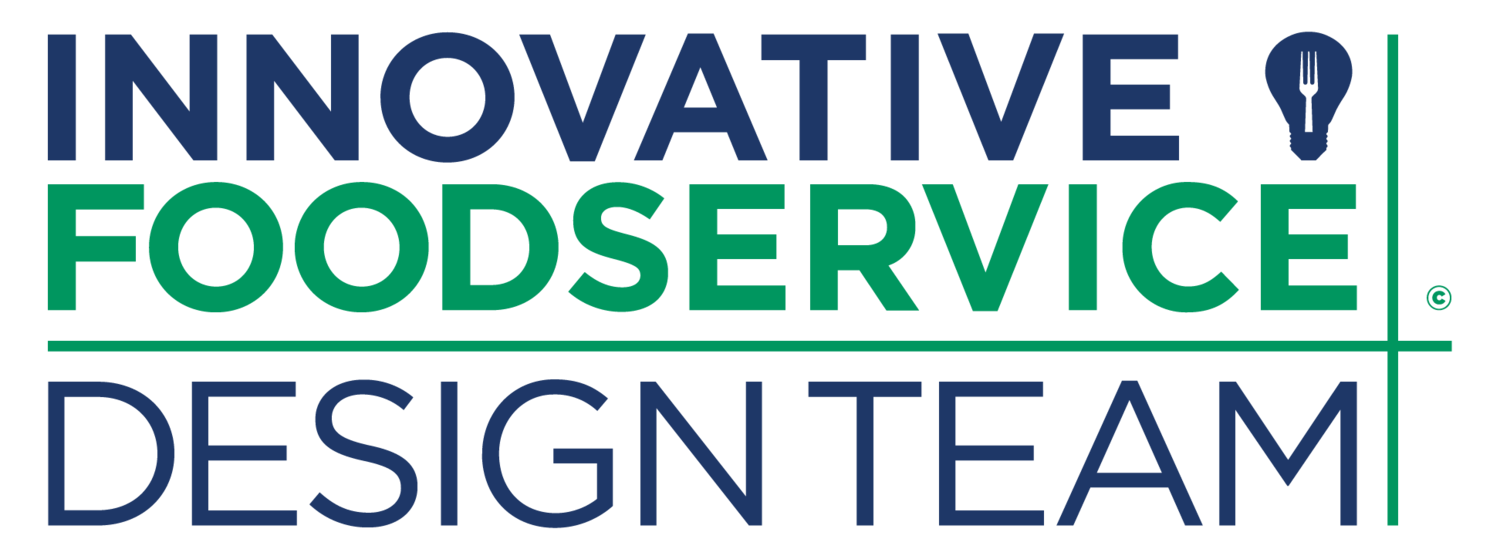Creating a Safe and Efficient Food Service Environment: A Guide for Success
If you’re updating your current establishment or starting off on a new culinary journey, setting up your space for both efficiency and safety is essential. Read more to understand important factors to consider when designing the ideal flow that boosts productivity, minimizes risks, and fosters a healthy atmosphere for your team.
Optimize Your Kitchen Workflow
Modern food service requires a well-oiled machine. Here are some crucial areas to focus on to streamline your kitchen workflow:
1. Smart Layout
Design your kitchen layout based on the "flow theory," positioning equipment to minimize unnecessary movement. Ideally, your prep stations should seamlessly transition to cooking areas, followed by plating and service zones. This setup reduces time and motion, enhancing overall efficiency.
2. The Right Equipment
Invest in high-quality, energy-efficient equipment that suits your menu. For example, convection ovens cook faster than traditional ovens, and walk-in coolers with easy-to-reach shelving reduce wasted movement during prep. Choosing the right equipment ensures your kitchen runs smoothly and effectively.
3. Technology Integration
Implement technology to streamline operations. Point-of-sale (POS) systems simplify order processing, while kitchen display systems (KDS) enhance communication between front and back-of-house staff. Additionally, inventory management software can optimize purchasing and reduce waste, keeping your kitchen running efficiently.
Safety First: Creating a Healthy Work Environment
Safety is paramount in any food service establishment. Here are some key safety considerations:
1. Non-slip Flooring
Invest in heavy-duty, non-slip flooring that can handle spills and maintain traction, even when wet. This investment helps prevent slips and falls, keeping your staff safe.
2. Ventilation
Proper ventilation is crucial for removing heat, smoke, and grease, ensuring a comfortable and healthy environment. Regularly clean and maintain exhaust systems to keep the air quality high and the kitchen safe.
3. Sanitization Stations
Place handwashing stations with foot pedals or sensor-operated faucets strategically to promote hygiene and minimize the spread of germs. Keeping your kitchen clean and your staff healthy is essential for smooth operations.
4. Proper Equipment Use and Maintenance
Ensure your staff is trained on the proper use and maintenance of all equipment. This training helps identify potential hazards and prevents accidents, fostering a safe working environment.
Essential Lighting for a Well-Lit Kitchen
In the culinary world, precision is key, and good lighting is crucial for food safety and presentation. Here’s why the right lighting solutions are essential:
1. Vapor Proof LED Lights
Install durable, vapor-tight LED fixtures resistant to moisture, heat, and grease. These lights are energy-efficient, long-lasting, and reduce maintenance costs, making them ideal for kitchen environments.
2. Color Temperature
Aim for a color temperature of 4000K-5000K, providing a bright, neutral white light that accurately represents food colors. This lighting helps chefs make informed decisions about cooking and presentation.
3. Task Lighting
Enhance general lighting with task lighting over specific areas like prep stations and cooking zones. Focused illumination ensures detailed work is performed with precision.
4. Washdown Fixtures
Opt for washdown fixtures with a smooth, sealed design that can be easily cleaned with water without causing damage. These fixtures are essential for maintaining a hygienic kitchen environment.
The Bottom Line: Efficiency and Safety Are a Win-Win
By prioritizing efficiency and safety, food service businesses create a win-win scenario for employees and customers. Benefits include faster service times, reduced waste, a comfortable work environment, a more productive kitchen team, and ultimately, happier staff and patrons.
Remember, a well-designed and well-equipped kitchen is an investment that will pay off for years to come. Whether you’re updating your current space or starting from scratch, these tips will help you build a kitchen that’s both efficient and safe.
